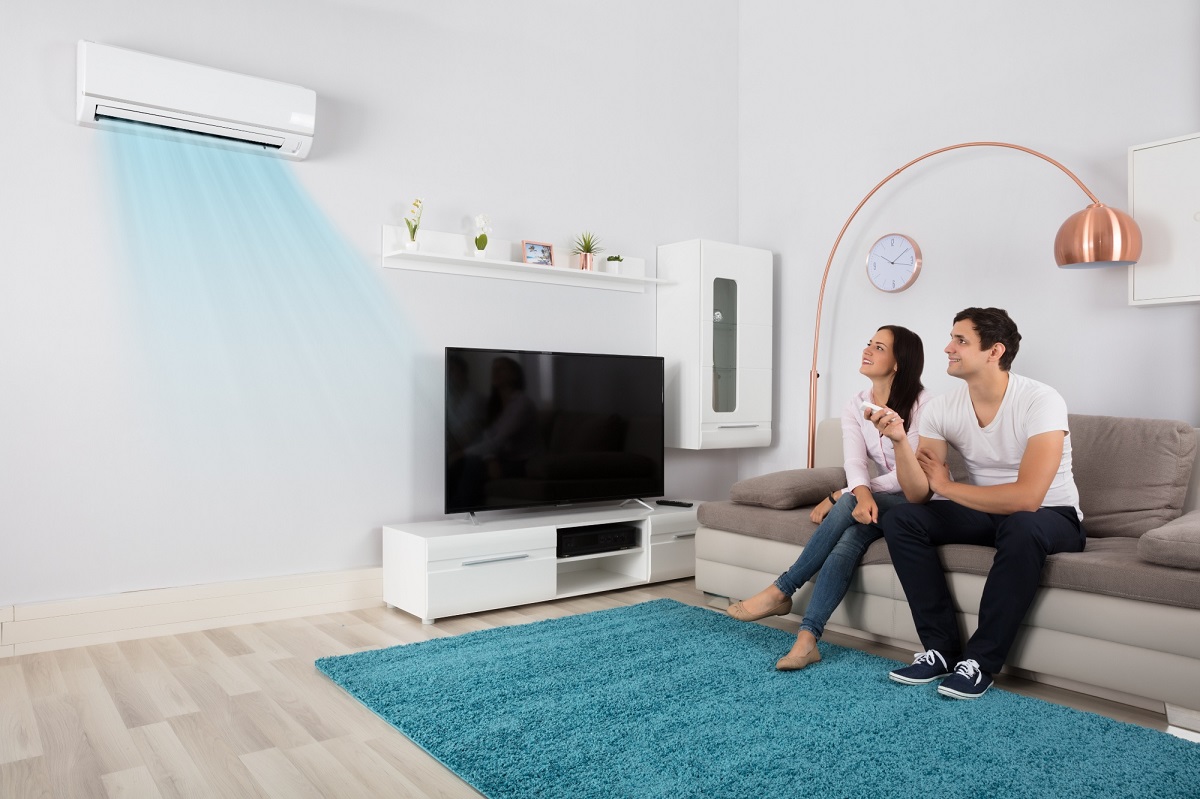

Articles
What Is A Split System AC
Modified: January 5, 2024
Learn all about split system ACs in this informative article. Discover the benefits, installation process, and tips for maintenance.
(Many of the links in this article redirect to a specific reviewed product. Your purchase of these products through affiliate links helps to generate commission for Storables.com, at no extra cost. Learn more)
Overview of Split System AC
A split system air conditioning (AC) unit is a popular choice among homeowners and businesses alike for its efficient cooling capabilities. It consists of two main components: an indoor unit and an outdoor unit, connected by a refrigerant line. The indoor unit is responsible for cooling the air inside the room, while the outdoor unit dissipates the heat absorbed from the indoor air.
One of the key advantages of a split system AC is its versatility. It can be used to cool individual rooms or multiple rooms, making it an ideal option for both small and large spaces. Additionally, split system ACs are available in various sizes, allowing users to select the unit that best suits their specific cooling needs.
Split system ACs are known for their quiet operation, which is particularly beneficial for bedrooms or areas that require minimal noise disturbance. The outdoor unit helps to reduce indoor noise levels as the majority of the mechanical components are located outside. This makes split system ACs a popular choice among users who value peace and tranquility.
Moreover, split system AC units are relatively easy to install compared to central AC systems. Since there is no ductwork involved, installation is usually more straightforward and less invasive. This can help to reduce installation costs and minimize disruption to the existing structure.
Another advantage of split system ACs is the ability to have multiple indoor units connected to a single outdoor unit. This allows for zoned cooling, where individual temperature settings can be controlled in different rooms. Zoned cooling offers greater energy efficiency by allowing users to cool only the occupied areas, resulting in energy savings and reduced utility bills.
Split system ACs also provide flexibility in terms of maintenance and repairs. Since the units are separated into indoor and outdoor components, it is easier to access and service each part individually. This can help to reduce maintenance costs and extend the lifespan of the system.
In summary, a split system AC offers efficient cooling, quiet operation, easy installation, zoned cooling options, and flexible maintenance. Despite a few drawbacks, such as the need for proper sizing and potential higher upfront costs compared to window units, split system AC units are a popular choice for those seeking reliable and versatile cooling solutions.
Key Takeaways:
- Split system ACs offer efficient, quiet, and zoned cooling with easy installation and flexible maintenance. They provide customizable comfort and energy efficiency, making them a popular choice for residential and commercial spaces.
- Regular maintenance and professional installation are crucial for optimal performance and energy efficiency of split system ACs. Understanding their advantages and comparing them with other AC systems can help users make informed decisions.
Read more: What Is Mini Split AC
How does a Split System AC work?
A split system air conditioning (AC) unit works by utilizing a refrigeration cycle to cool the indoor air. This cycle involves the transfer of heat from the indoor environment to the outdoor environment. The process begins with the outdoor unit, also known as the condensing unit, where the refrigerant undergoes a series of transformations.
The outdoor unit of a split system AC consists of a compressor, a condenser coil, and a fan. The compressor plays a vital role in the cooling process by pressurizing the refrigerant gas, thus increasing its temperature. As the hot, high-pressure refrigerant gas flows through the condenser coil, it releases heat to the surrounding outdoor air. The condenser fan helps to dissipate this heat, allowing the refrigerant to cool down and transform into a high-pressure liquid.
Once the refrigerant has transformed into a high-pressure liquid, it moves into the indoor unit of the split system AC. The indoor unit is typically mounted on a wall or ceiling and includes an evaporator coil, an expansion valve, a blower, and an air filter. At this stage, the refrigerant enters the evaporator coil, which is responsible for absorbing heat from the indoor air.
As the indoor air is blown across the evaporator coil by the blower, the refrigerant within the coil evaporates, absorbing heat from the air in the process. This cools down the air, which is then blown back into the room, providing a comfortable indoor environment. Simultaneously, the refrigerant, in its gaseous state, returns to the outdoor unit via the refrigerant line to repeat the cycle.
The expansion valve plays a crucial role in regulating the flow of refrigerant between the indoor and outdoor units. It controls the pressure and flow rate of the refrigerant, ensuring proper operation of the system. The air filter in the indoor unit helps to remove dust, allergens, and other particles from the incoming air, enhancing the indoor air quality.
Overall, the split system AC works by extracting heat from the indoor air and releasing it to the outdoor environment through the refrigeration cycle. This continuous process allows the unit to cool the indoor space efficiently, providing the occupants with a comfortable and refreshing environment during hot weather conditions.
Components of a Split System AC
A split system air conditioning (AC) unit consists of several components working together to provide efficient cooling. Understanding the different parts of a split system AC can help users better comprehend its functionality and facilitate troubleshooting and maintenance. Let’s explore the key components of a split system AC:
- Indoor Unit: The indoor unit of a split system AC is typically located inside the room being cooled. It contains the evaporator coil, blower, air filter, and controls. The evaporator coil is responsible for absorbing heat from the indoor air and facilitating the cooling process. The blower pushes the cooled air into the room, while the air filter helps to remove dust and contaminants from the air, improving indoor air quality.
- Outdoor Unit: The outdoor unit, also known as the condensing unit, is installed outside the building. It consists of the compressor, condenser coil, condenser fan, and controls. The compressor is the heart of the AC system, as it compresses and circulates the refrigerant to facilitate heat transfer. The condenser coil helps to dissipate the absorbed heat to the outdoor air, and the condenser fan enhances the heat dissipation process.
- Refrigerant Lines: Refrigerant lines connect the indoor and outdoor units, allowing the refrigerant to flow between them. These lines are typically made of copper tubing and are filled with refrigerant, which is responsible for absorbing and releasing heat during the cooling process.
- Expansion Valve: The expansion valve is a small device located near the evaporator coil in the indoor unit. It regulates the flow of refrigerant into the evaporator coil, controlling the pressure and temperature of the refrigerant. The expansion valve ensures that the refrigerant can absorb as much heat as possible from the indoor air.
- Thermostat: The thermostat is the control interface for the split system AC. It allows users to set the desired temperature and control various functions such as fan speed and mode of operation. The thermostat sends signals to the AC unit to initiate the cooling process or adjust settings according to the user’s preferences.
- Ductless Air Handlers: In some cases, split system ACs utilize ductless air handlers. These are additional units installed in separate rooms, connected to the outdoor unit. They allow for zoned cooling, enabling different temperature settings in different areas of the building.
- Electrical Components: A split system AC includes various electrical components such as capacitors, relays, and contactors. These components are responsible for proper functioning of the AC system, ensuring the electrical connections and circuits operate efficiently.
Understanding the components of a split system AC can help users identify and address any issues that may arise. Regular maintenance and care are important to ensure the proper functioning and longevity of the AC unit. Consulting with a professional technician for installation, maintenance, and repairs is recommended to ensure optimal performance and prolong the lifespan of the system.
Advantages of Split System AC
Split system air conditioning (AC) units offer several advantages that make them a popular choice for cooling residential and commercial spaces. Let’s explore some of the key advantages of split system AC:
- Efficient Cooling: Split system ACs are designed to provide efficient cooling to individual rooms or multiple areas. With proper sizing and installation, they can effectively cool specific zones, allowing users to save energy by cooling only the areas they need.
- Quiet Operation: The split design of these AC units ensures that the noisy components, such as the compressor and condenser fan, are located outdoors. This results in quieter operation indoors, making split system ACs a suitable choice for bedrooms, offices, and other spaces where noise reduction is crucial.
- Easy Installation: Installing a split system AC is generally more straightforward compared to central AC systems that require extensive ductwork. The absence of ductwork reduces installation complexities, making the process less invasive and potentially more cost-effective.
- Zoned Cooling: Split system ACs can be equipped with multiple indoor units connected to a single outdoor unit. This feature allows for zoned cooling, where users can set different temperature levels in each zone or room. Zoned cooling provides greater flexibility and energy efficiency, as users can cool only the areas that are being used.
- Improved Indoor Air Quality: Split system ACs typically include air filters that help remove dust, allergens, and other pollutants from the indoor air. This improves the overall indoor air quality, making the environment healthier and more comfortable for occupants.
- Flexible Installation Options: Split system ACs offer flexibility in terms of installation locations. The indoor unit can be wall-mounted, ceiling-mounted, or even concealed within the ceiling or floor. This versatility allows users to find the most suitable installation option for their specific space and aesthetic preferences.
- Individual Temperature Control: With separate indoor units connected to a single outdoor unit, split system ACs allow for individual temperature control in each room or zone. This means users can personalize the temperature settings to suit their comfort preferences, enhancing overall satisfaction.
- Easy Maintenance: Split system ACs are relatively easy to maintain and service. The individual units can be accessed independently, making it convenient for cleaning, filter replacement, and troubleshooting any potential issues. Regular maintenance ensures optimal performance and extends the lifespan of the AC system.
Overall, split system ACs offer efficient cooling, quiet operation, easy installation, zoned cooling capabilities, improved indoor air quality, and flexible options for individual temperature control. These advantages make split system ACs a preferred choice for residential and commercial applications where comfort, energy efficiency, and customized cooling are valued.
Disadvantages of Split System AC
While split system air conditioning (AC) units offer many benefits, it is important to consider their potential disadvantages before making a decision. Let’s explore some of the common drawbacks associated with split system AC:
- Higher Upfront Cost: Split system ACs tend to have a higher initial cost compared to other types of AC systems, such as window units. The cost includes the purchase of both indoor and outdoor units, as well as installation expenses. However, it is important to note that the long-term energy savings and increased efficiency of a split system AC may offset this higher upfront investment.
- Professional Installation Required: Split system ACs require professional installation, as they involve complex wiring and refrigerant line connections. Improper installation can lead to reduced system performance, inefficiency, and potential issues down the line. Hiring a professional HVAC technician ensures proper installation and optimal functioning of the AC system.
- Limited Cooling Capacity: While split system ACs are suitable for cooling individual rooms or specific zones, they may have limitations in terms of cooling capacity for large spaces. If you have a larger area to cool, you may need multiple split system units or consider other types of AC systems, such as central air conditioning.
- Requires Adequate Wall Space: The installation of the indoor unit of a split system AC typically requires wall space or ceiling space in the room. This can limit placement options, especially in areas with limited available wall or ceiling space. It is essential to ensure sufficient space and accessibility for proper installation and maintenance.
- Maintenance and Cleaning: While split system ACs are generally easier to maintain compared to central AC systems, regular cleaning and maintenance are still required to ensure optimal performance. This includes cleaning or replacing air filters, checking refrigerant levels, and removing dust and debris from both the indoor and outdoor units. Neglecting maintenance can lead to reduced efficiency, increased energy consumption, and potential system malfunctions.
- Reliance on Electricity: Like most modern AC systems, split system ACs rely on electricity to power their operation. This means that power outages or electrical failures can affect the functionality of the AC unit. Users are advised to have backup power sources or contingency plans in case of power disruptions, particularly in regions with frequent power outages.
While these disadvantages should be considered when deciding on a cooling system, it’s important to weigh them against the numerous advantages offered by split system ACs. By understanding both the pros and cons, you can make an informed decision based on your specific needs, budgetary constraints, and available space.
Read more: What Is A HVAC Split System
Installation of a Split System AC
Installing a split system air conditioning (AC) unit requires careful planning and professional expertise to ensure proper functionality and optimal performance. Let’s walk through the key steps involved in the installation process:
- Determining the Location: Start by identifying the ideal location for the indoor unit. It should be placed in a position that allows for maximum airflow and even distribution of cool air throughout the room. Consider factors such as wall or ceiling space, accessibility for maintenance, and proximity to the outdoor unit and electrical connections.
- Mounting the Indoor Unit: Once the location is determined, mount the indoor unit securely on the wall or ceiling following the manufacturer’s instructions. Ensure that it is leveled and properly aligned for aesthetic appeal and functional efficiency.
- Mounting the Outdoor Unit: Place the outdoor unit in a suitable location outside the building. It should be placed on a firm and stable surface that can support its weight. Generally, outdoor units are mounted on brackets, concrete pads, or metal stands. Ensure there is proper clearance for airflow and maintenance access.
- Connecting the Refrigerant Lines: Connect the refrigerant lines between the indoor and outdoor units. These lines contain the refrigerant necessary for heat transfer. Carefully attach the lines, ensuring proper insulation to prevent energy loss or condensation buildup.
- Electrical Connections: The electrical connections should be made by a qualified electrician to ensure safety and compliance with local electrical codes. This includes connecting the outdoor unit to the electrical supply and wiring the controls and thermostat. Double-check the connections to ensure they are secure and properly insulated.
- Test and Commission: Once the installation is complete, the system should be thoroughly tested to ensure proper operation and performance. Check for any potential leaks in the refrigerant lines, verify the airflow, and test the temperature control and fan speed settings. Adjust as needed to achieve the desired comfort levels.
- User Education: Familiarize yourself with the operation of the split system AC. Understand how to use the thermostat, control settings, and maintenance requirements. It is advisable to consult the manufacturer’s guidelines or seek professional assistance to make the most of your split system AC.
It is important to note that installation requirements may vary depending on the specific model and manufacturer. It is always recommended to consult with a qualified HVAC professional for the installation of your split system AC. They have the knowledge and expertise to handle the installation process efficiently and ensure that the system operates at its highest efficiency level.
Professional installation helps prevent potential issues, ensures adherence to safety guidelines, and maximizes the lifespan and performance of your split system AC. Regular maintenance and servicing are also essential to maintain the unit’s efficiency and prolong its lifespan, so it is advisable to schedule regular check-ups with a professional HVAC technician.
When choosing a split system AC, consider the size of the area you need to cool, the energy efficiency of the unit, and the noise level it produces. It’s also important to have a professional install the system to ensure proper function.
Maintenance and Care for Split System AC
Regular maintenance and care are crucial for keeping a split system air conditioning (AC) unit operating efficiently and extending its lifespan. Here are some important maintenance tasks to help ensure optimal performance:
- Regular Filter Cleaning or Replacement: Clean or replace the air filters as recommended by the manufacturer. Dirty filters restrict airflow, reducing the unit’s efficiency and potentially leading to air quality issues. Clean filters allow for better air circulation and help prevent dust and debris buildup in the system.
- Clean the Indoor and Outdoor Units: Periodically clean the indoor and outdoor units to remove dirt, debris, and dust that can accumulate over time. Use a soft cloth or brush to gently remove any buildup on the surfaces. Avoid using water or abrasive cleaning agents that could damage the components.
- Check and Clean the Condenser Coil: The condenser coil in the outdoor unit can become dirty or clogged with debris, affecting the system’s efficiency. Regularly inspect and clean the condenser coil by spraying it with a gentle stream of water to remove dirt and grime. Ensure the power to the unit is turned off before cleaning.
- Inspect and Clear the Condensate Drain Line: The condensate drain line removes moisture from the indoor unit. Over time, it can become clogged with algae or debris, leading to water leakage or mold growth. Inspect the drain line regularly and clear any blockages using a mild bleach solution or a specialized drain cleaning product.
- Check and Tighten Electrical Connections: Periodically inspect the electrical connections in the indoor and outdoor units. Loose or faulty electrical connections can prevent the unit from operating properly and may pose a safety risk. If you notice any loose connections, it is important to tighten them or consult a professional electrician.
- Monitor Refrigerant Levels: Low refrigerant levels can negatively impact the cooling capacity and efficiency of the system. If you notice a decrease in cooling performance or ice buildup on the indoor unit, it could indicate a refrigerant leak. Contact a qualified technician to inspect the system, repair any leaks, and recharge the refrigerant if necessary.
- Keep Surrounding Area Clear: Ensure that the indoor and outdoor units are free from obstacles or debris. Trim vegetation or remove any objects that may obstruct airflow around the outdoor unit. Allow at least two feet of clearance around the unit to ensure proper ventilation and optimal performance.
- Schedule Professional Maintenance: It is highly recommended to schedule regular maintenance visits with a professional HVAC technician. They can conduct comprehensive inspections, clean and lubricate components, and identify and address any potential issues before they become major problems. Professional maintenance helps maintain the system’s efficiency, improve performance, and extend its lifespan.
By following these maintenance tasks, you can help ensure that your split system AC continues to operate efficiently, providing reliable cooling comfort. Regular care and maintenance not only enhance performance but also help you identify any potential issues early on, saving you from costly repairs and improving the overall lifespan of your AC unit.
Troubleshooting Common Issues with Split System AC
While split system air conditioning (AC) units are generally reliable, occasional issues may arise that require troubleshooting. Here are some common problems and troubleshooting steps to help identify and resolve them:
- Inadequate Cooling: If your split system AC is not providing sufficient cooling, check the air filters. Dirty filters can restrict airflow and reduce cooling performance. Clean or replace the filters as needed. Additionally, ensure that the outdoor unit is not obstructed by debris or vegetation, as it can hinder airflow.
- System Not Turning On: If your AC unit does not turn on, check the power supply. Make sure the unit is plugged in and that the circuit breaker or the fuse associated with the AC unit has not tripped or blown. If the problem persists, consult a professional technician to inspect the electrical connections and components.
- Inconsistent Cooling: If the cooling is uneven or inconsistent across different rooms or zones, check the vents and ensure they are fully open and unobstructed. Also, verify that the thermostat settings are correct and that the fan is set to the appropriate mode (e.g., “Auto” or “On”). If the issue persists, consider scheduling a professional inspection to assess the balance of the system or potentially adjust the airflow dampers.
- Water Leakage: If you notice water leakage around the indoor unit, it may indicate a clogged condensate drain line. Check the drain line for any obstructions and clear it using a mild bleach solution or a specialized drain cleaning product. If the problem persists, contact a professional technician to inspect and address the issue.
- Foul Odors: If there are unpleasant odors coming from the AC unit, it may be due to microbial growth in the system. Clean or replace the air filters and consider using specialized air purifiers or UV germicidal lamps to reduce microbial growth. If the odors persist, it is advisable to have a professional technician inspect the unit and clean the coils and other components.
- Unusual Noises: If you hear unusual noises coming from the AC unit, such as grinding, squealing, or rattling sounds, it may indicate loose or damaged parts. Turn off the unit and schedule a professional inspection to identify and resolve the issue. Ignoring unusual noises can lead to further damage and potential system breakdown.
- Freezing of Indoor Unit: If ice forms on the indoor unit or the air blowing from the vents feels colder than usual, it may be a sign of low refrigerant levels or poor airflow. Check the air filters and clean or replace them if necessary. If the problem persists, contact a professional technician to address refrigerant leaks and recharge the system if required.
- Thermostat Malfunctions: If the thermostat is not functioning properly, check the batteries if it is battery-powered. If the screen is blank, ensure that the power supply is connected. Reset the thermostat and check the programming settings. If the issue persists, consult the user manual or contact a professional technician for further assistance.
Remember to exercise caution when troubleshooting and only attempt tasks that you feel comfortable and capable of performing. If you are unsure or encounter issues beyond your expertise, it is always best to seek professional help. An experienced HVAC technician can accurately diagnose and address any complicated issues to ensure the optimal functioning of your split system AC.
Energy Efficiency of Split System AC
In today’s energy-conscious world, the energy efficiency of cooling systems is a crucial consideration for both environmental sustainability and cost savings. Split system air conditioning (AC) units are known for their energy-efficient operation, offering several features that help reduce energy consumption. Here are some factors that contribute to the energy efficiency of split system AC:
- Zoned Cooling: Split system ACs allow for zoned cooling, meaning you can cool specific rooms or zones as needed. This eliminates the need to cool unoccupied areas, resulting in significant energy savings. With zoned cooling, you have better control over where and when you use energy for cooling.
- High-Efficiency Compressor: The compressor is a key component of the split system AC, responsible for pressurizing the refrigerant. High-efficiency compressors are designed to consume less energy while maintaining effective cooling performance. This reduces energy waste and lowers overall electricity consumption.
- Variable Speed Technology: Many split system AC units are equipped with variable speed technology, where the motor adjusts its speed to match the cooling demands. By operating at lower speeds under lighter loads, the AC unit consumes less energy, resulting in improved energy efficiency.
- Energy-Saving Features: Split system ACs often come with energy-saving features such as programmable thermostats, sleep modes, and timers. These features allow you to schedule cooling periods and adjust temperature settings according to your needs, minimizing energy consumption when the AC is not required or during periods of low activity.
- Improved Insulation and Sealing: The indoor and outdoor units of a split system AC are connected by refrigerant lines, creating an airtight system. Proper insulation and sealing ensure that cooled air remains within the indoor space and that hot air is effectively released outside. Improved insulation reduces energy losses and helps the system operate more efficiently.
- Advanced Air Filters: Split system ACs often feature advanced air filters that help improve indoor air quality while enhancing energy efficiency. These filters capture dust, allergens, and other particles, preventing them from clogging the system and impeding airflow. Clean filters contribute to improved cooling performance and energy savings.
- Regular Maintenance: Regular maintenance plays a vital role in maintaining energy efficiency. Cleaning or replacing air filters, checking refrigerant levels, and ensuring proper insulation and sealing all contribute to the efficient operation of the AC unit. Regular inspections and maintenance conducted by a professional technician optimize energy performance and prevent system inefficiencies.
It is worth noting that the energy efficiency of a split system AC is also influenced by other factors, such as the size and insulation of the space being cooled, climate conditions, and user behavior. Proper sizing of the AC unit is essential to ensure it matches the cooling demands of the space, avoiding overworking the system and wasting energy.
When choosing a split system AC, look for energy efficiency ratings such as the Seasonal Energy Efficiency Ratio (SEER) or the Energy Efficiency Ratio (EER). Higher SEER or EER ratings indicate greater energy efficiency. Consulting with HVAC professionals and selecting energy-efficient models can help you make an informed decision that balances environmental sustainability and energy savings.
By considering these energy-efficient features and practicing responsible usage and maintenance, you can enjoy a comfortable indoor environment while minimizing energy consumption and reducing your carbon footprint.
Read more: What Is A Mini Split HVAC System
Comparison of Split System AC with other AC Systems
When it comes to choosing an air conditioning (AC) system for your home or business, it is important to consider the various options available. Here, we compare split system ACs with three other common AC systems to help you make an informed decision:
- Central AC: Central AC systems use ductwork to distribute cooled air throughout the entire building. Unlike split system ACs, central ACs cool the entire space from a central unit and return warm air to be cooled again. Central ACs are suitable for larger spaces and offer consistent cooling throughout the building. However, they require extensive ductwork installation and are generally more expensive than split system ACs. They are also less flexible in terms of zoning and individual temperature control.
- Window AC: Window AC units are self-contained units installed in a window or a hole in the wall. They are generally affordable and easy to install. However, they are designed to cool one specific area and are not suitable for cooling larger spaces or multiple rooms. Window ACs can be noisy and obstruct natural light. They are also less energy-efficient compared to split system ACs, as they often lack the advanced features and technology that promote energy savings.
- Portable AC: Portable AC units are mobile units that can be moved to different rooms as needed. They are an attractive option for those who require flexibility and do not want the hassle of permanent installation. However, portable ACs are typically less efficient than split system ACs and may require venting through a window or a dedicated venting system to expel hot air. Portable ACs also tend to be noisier and may have limited cooling capacity depending on the model.
Now, let’s compare split system ACs with these three AC systems based on key aspects:
- Installation: Split system ACs require professional installation, but they are generally easier to install compared to central ACs, which involve extensive ductwork. They are more challenging to install than window or portable ACs, which are typically DIY-friendly.
- Cooling Capacity: Central ACs are suitable for cooling large spaces or multiple rooms, while split system ACs can cool individual rooms or specific zones. Window and portable ACs are designed for cooling single rooms only.
- Energy Efficiency: Split system ACs offer energy efficiency benefits, particularly with zoned cooling and advanced features like variable speed technology and programmable thermostats. Central ACs can provide efficient cooling for large spaces when properly sized. Window and portable ACs generally have lower energy efficiency compared to split system ACs.
- Noise Level: Split system ACs are quieter compared to window and portable ACs because most of the noisy components are located outside. Central ACs, when installed correctly, can be relatively quiet as well, with noise generated at a central unit away from occupied spaces.
- Flexibility: Split system ACs offer flexibility in terms of zoned cooling and individual temperature control, allowing for customized comfort. Window ACs and portable ACs provide localized cooling, but lack the ability to control different zones. Central ACs can cool the entire building, but individual temperature control may be limited.
- Cost: Split system ACs typically fall within a moderate price range, while central ACs tend to be more expensive due to their larger capacity and additional ductwork installation. Window and portable ACs are usually more affordable options, but they may have limitations in terms of cooling capacity or energy efficiency.
Ultimately, the choice of AC system depends on factors such as the size of the space, budget, specific cooling needs, and personal preferences. For larger spaces or multiple rooms, central ACs may be the best option. Split system ACs offer versatility, energy efficiency, and individual comfort control, while window and portable ACs provide flexibility and affordability for smaller spaces or as temporary cooling solutions.
It is crucial to consult with HVAC professionals to assess your specific requirements and to consider factors such as energy efficiency ratings, installation costs, and long-term maintenance when making a decision. This will help ensure that you choose the most suitable AC system that meets your cooling needs efficiently and effectively.
Conclusion
Split system air conditioning (AC) units offer a versatile and efficient cooling solution for both residential and commercial spaces. With their indoor and outdoor components, split system ACs provide numerous advantages such as efficient cooling, quiet operation, zoned cooling capabilities, easy installation, improved indoor air quality, and flexible maintenance.
These AC units work by utilizing a refrigeration cycle, transferring heat from the indoor environment to the outdoor environment. The components of a split system AC include the indoor unit with the evaporator coil, blower, and air filter, as well as the outdoor unit with the compressor, condenser coil, and condenser fan.
When compared to other AC systems, split system ACs have their own distinct features. They offer more flexibility and energy efficiency compared to window and portable ACs, while also providing individual temperature control and zoned cooling that central ACs lack. However, it is important to consider the specific needs, space requirements, and budget when choosing an AC system. Options like central ACs are better suited for larger spaces, while window or portable ACs may be more cost-effective for smaller areas.
To ensure the optimal performance of a split system AC, regular maintenance and care are essential. This includes cleaning or replacing air filters, inspecting and cleaning coils, clearing drain lines, and checking electrical connections. By performing regular maintenance and scheduling professional inspections, you can prevent common issues and maximize energy efficiency.
In conclusion, split system ACs provide efficient and customizable cooling, offering comfort and convenience for users. With their energy-saving features, flexible installation options, and ease of maintenance, split system ACs are a popular choice for those seeking reliable and efficient cooling solutions.
As technology continues to advance, it is important to stay informed about the latest innovations in AC systems. Consulting with HVAC professionals, staying up-to-date with energy-efficient models, and considering factors like energy ratings and environmental impact will help you make an informed decision when selecting an AC system.
Frequently Asked Questions about What Is A Split System AC
Was this page helpful?
At Storables.com, we guarantee accurate and reliable information. Our content, validated by Expert Board Contributors, is crafted following stringent Editorial Policies. We're committed to providing you with well-researched, expert-backed insights for all your informational needs.
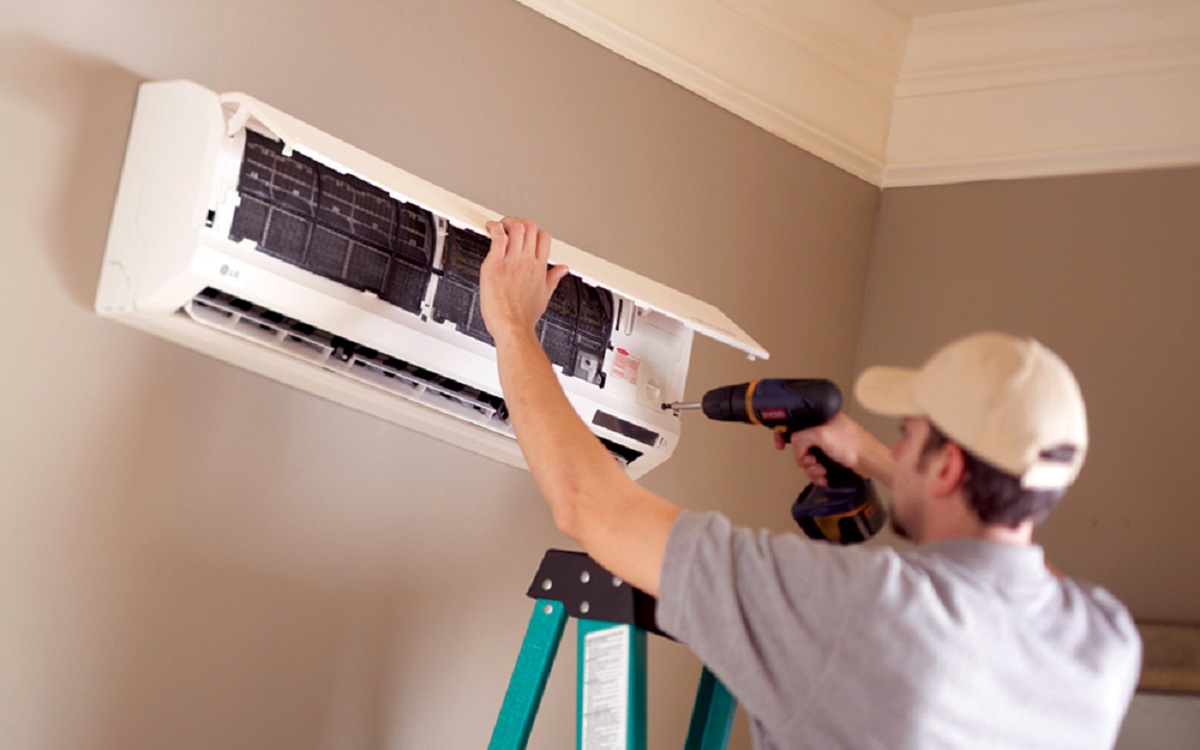
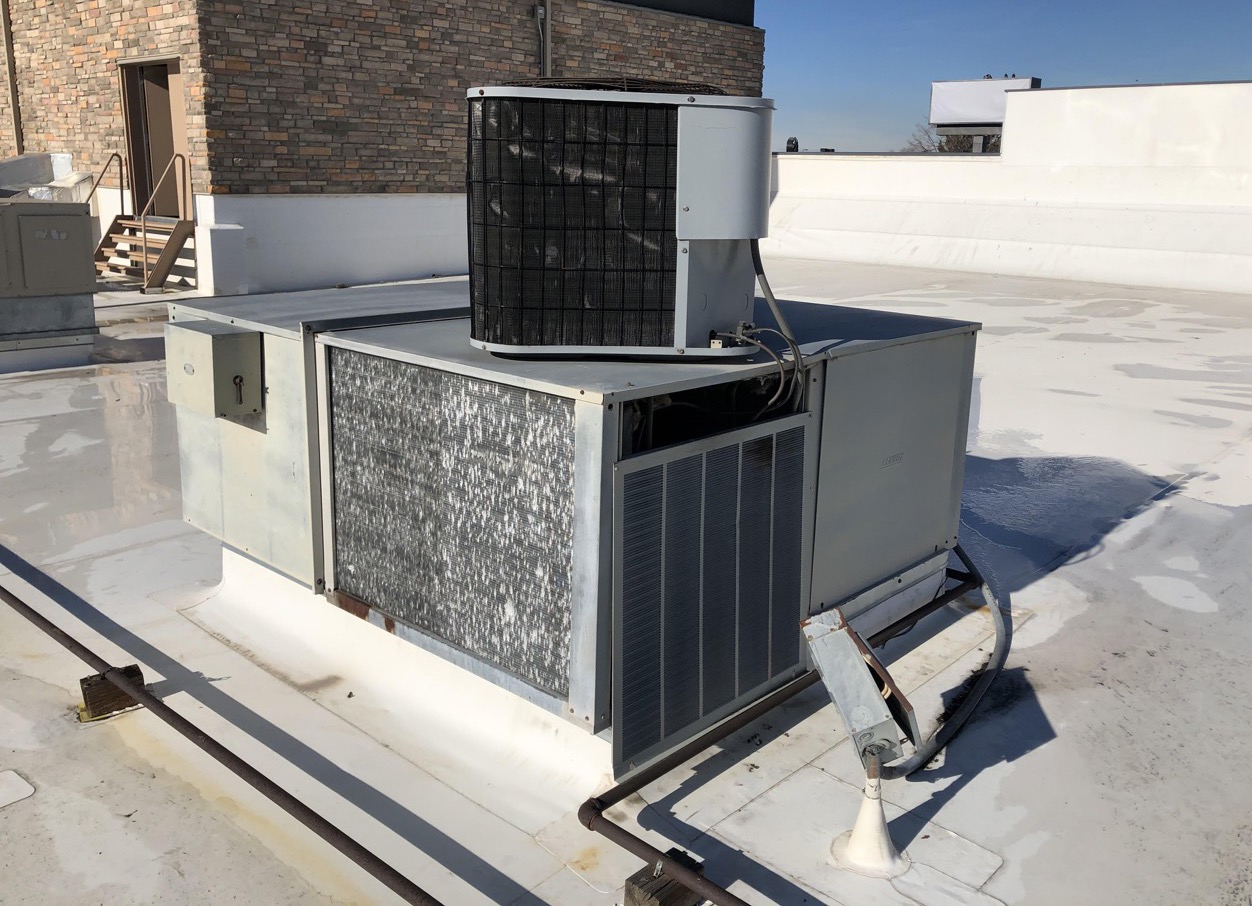
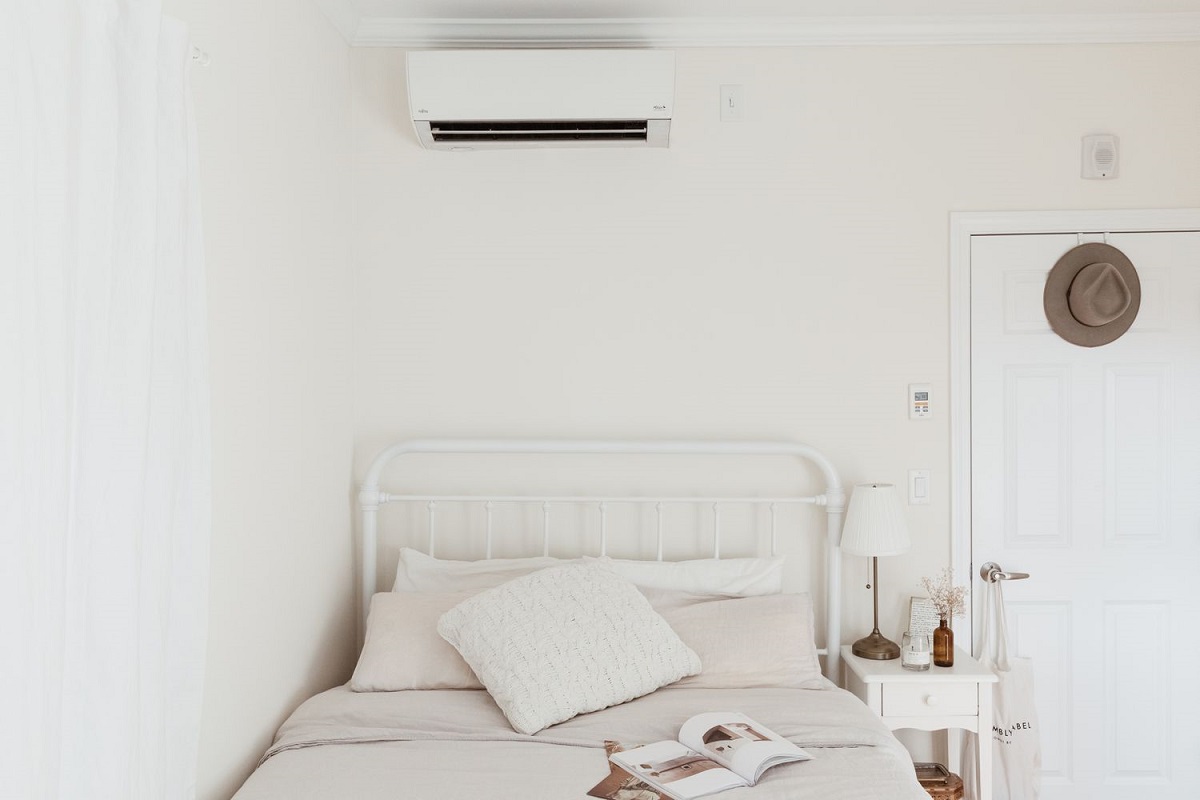
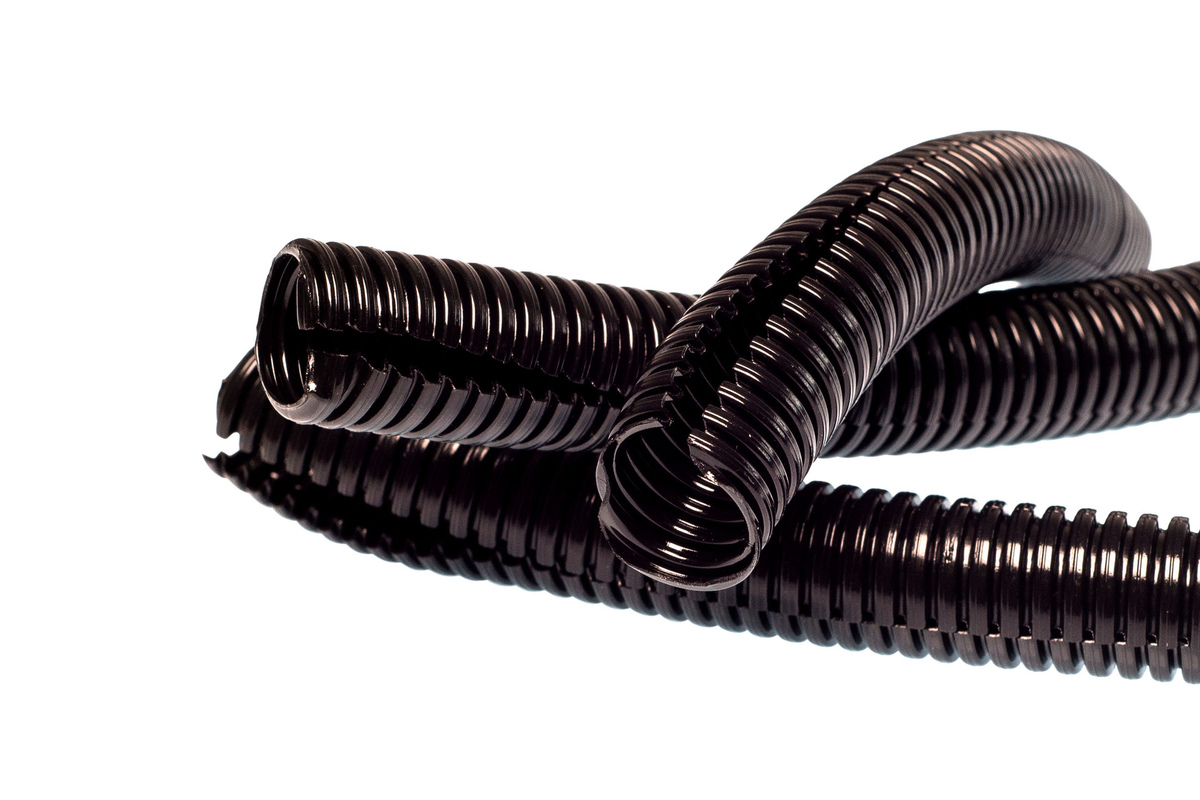
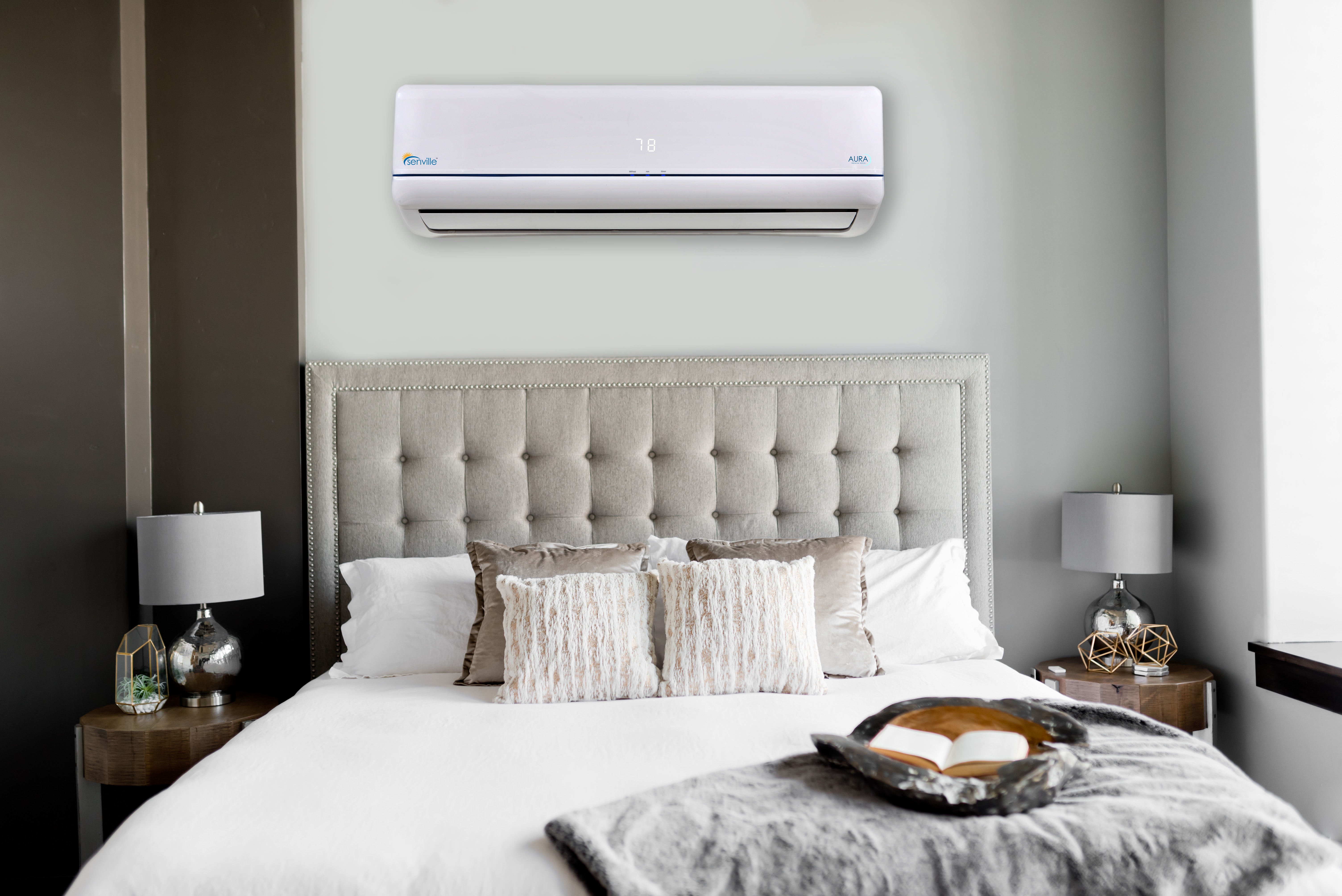
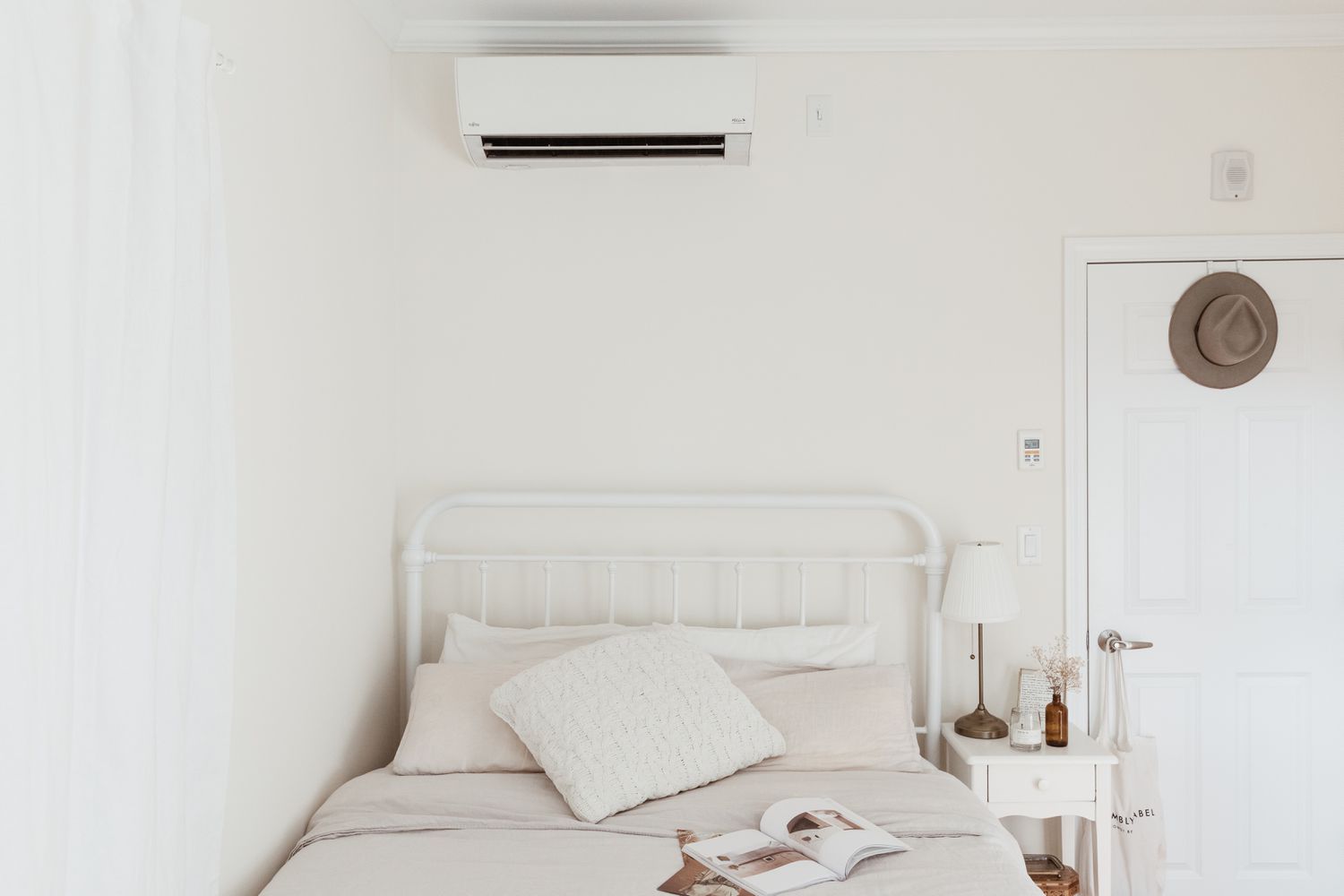
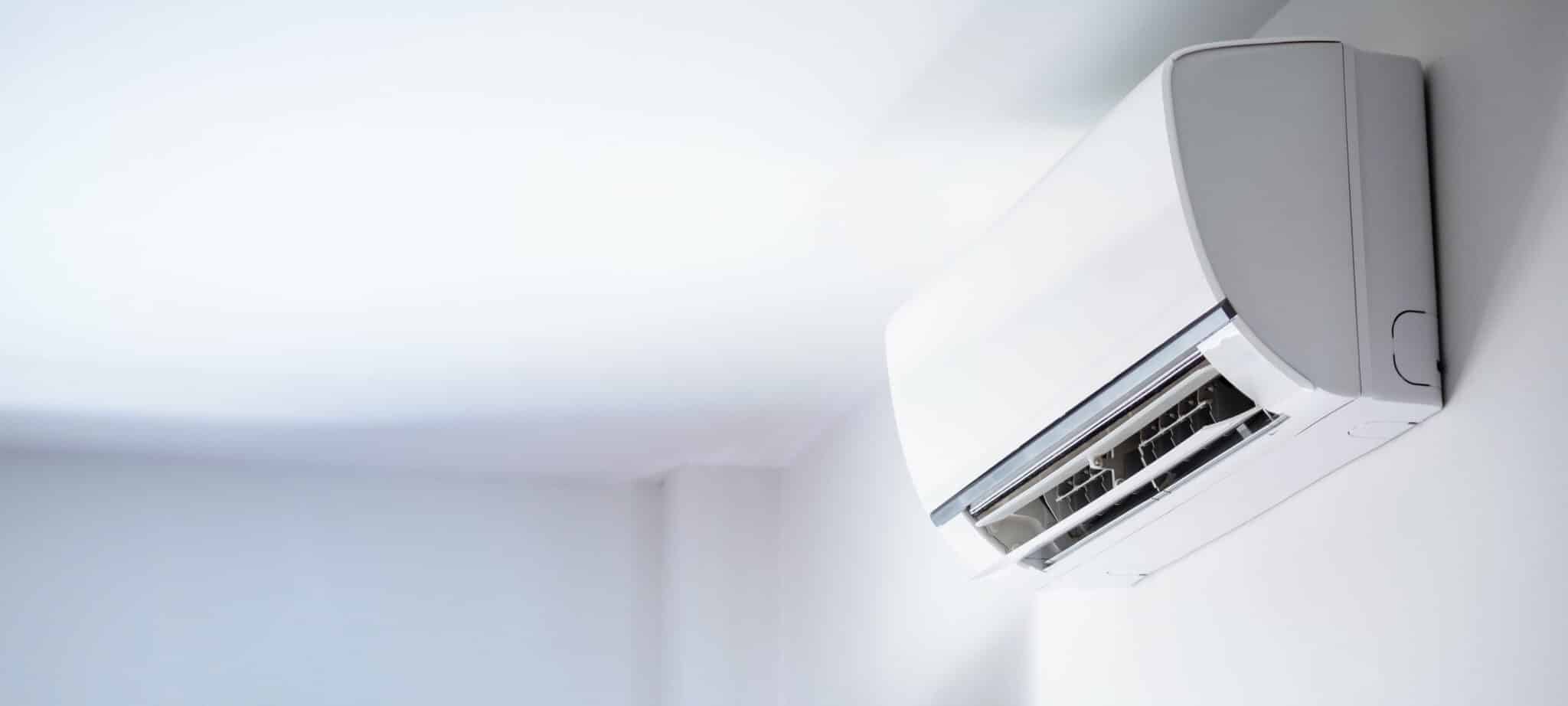
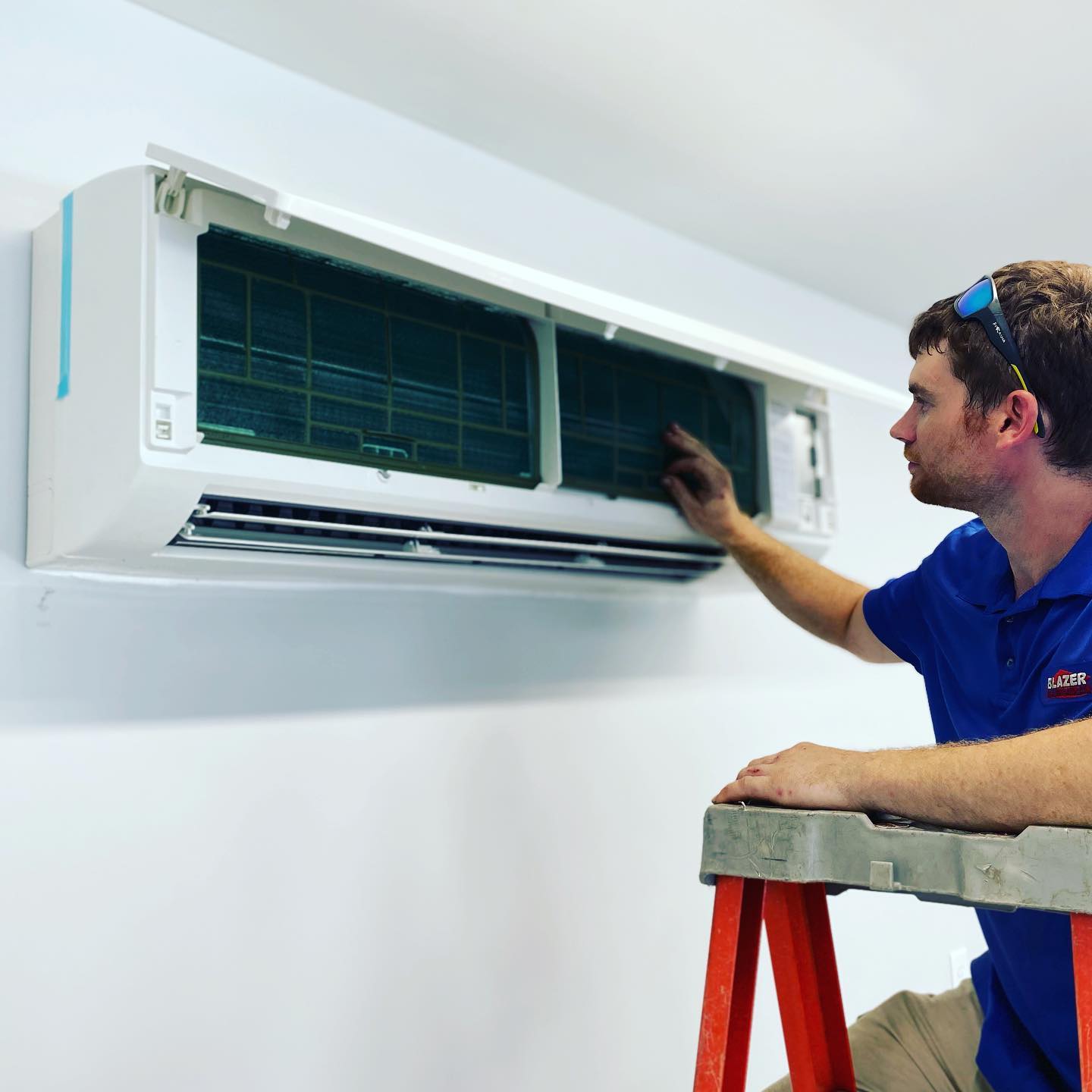
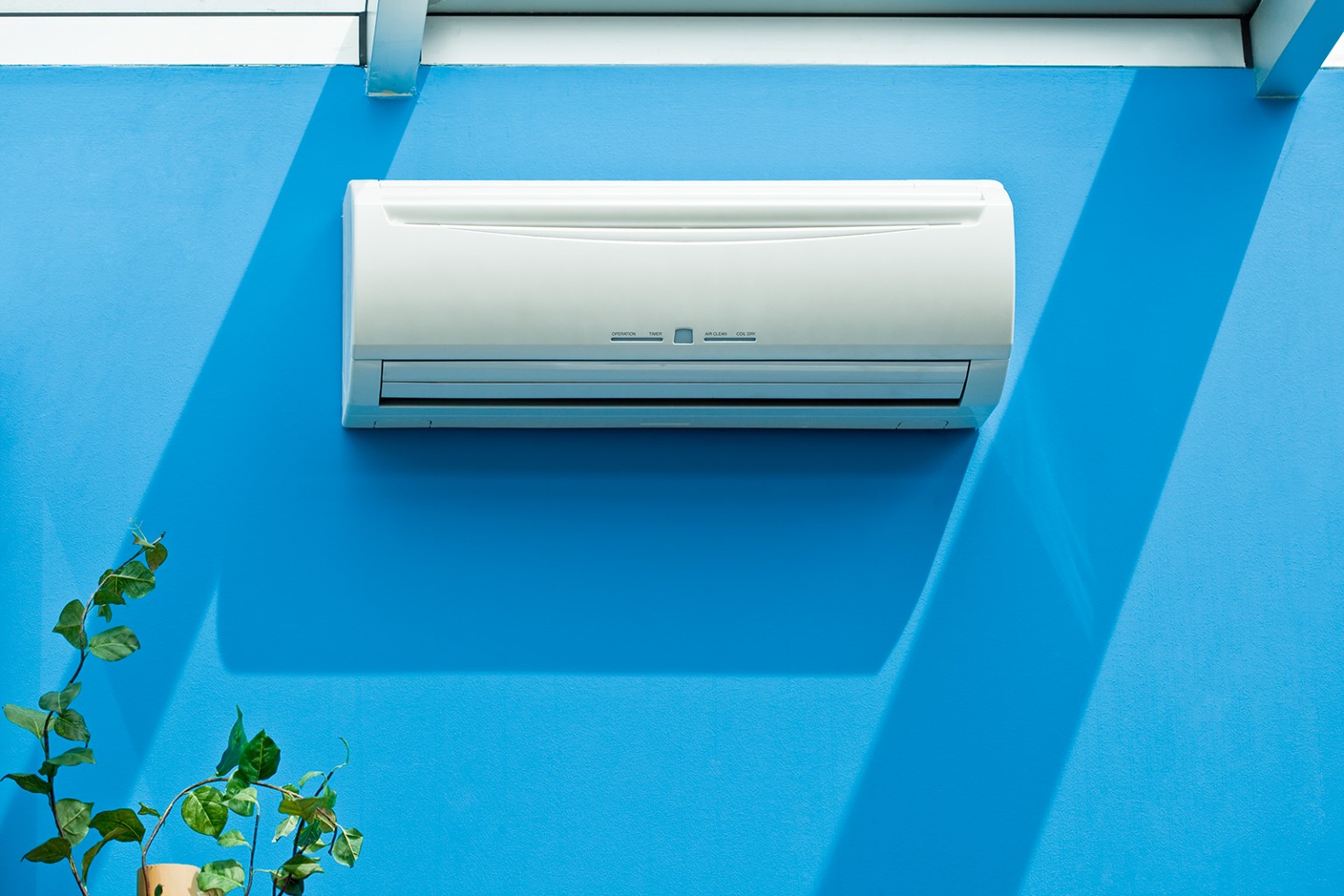
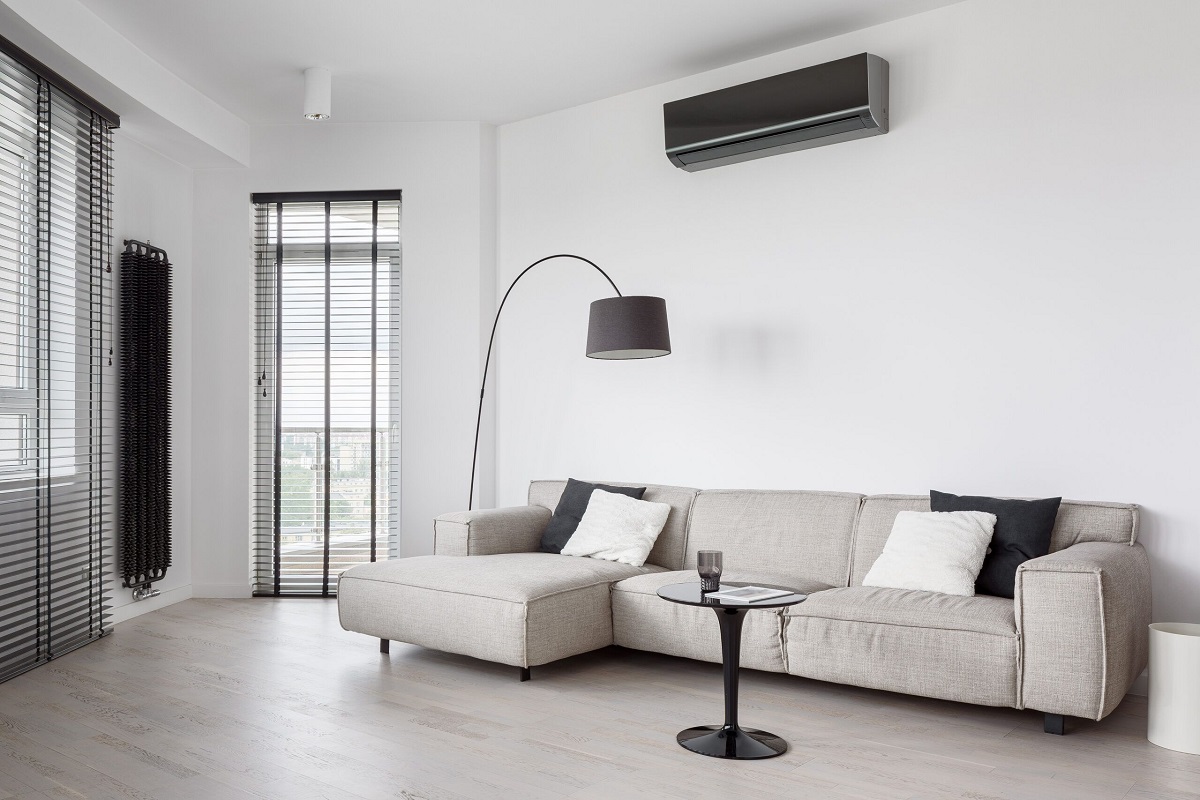
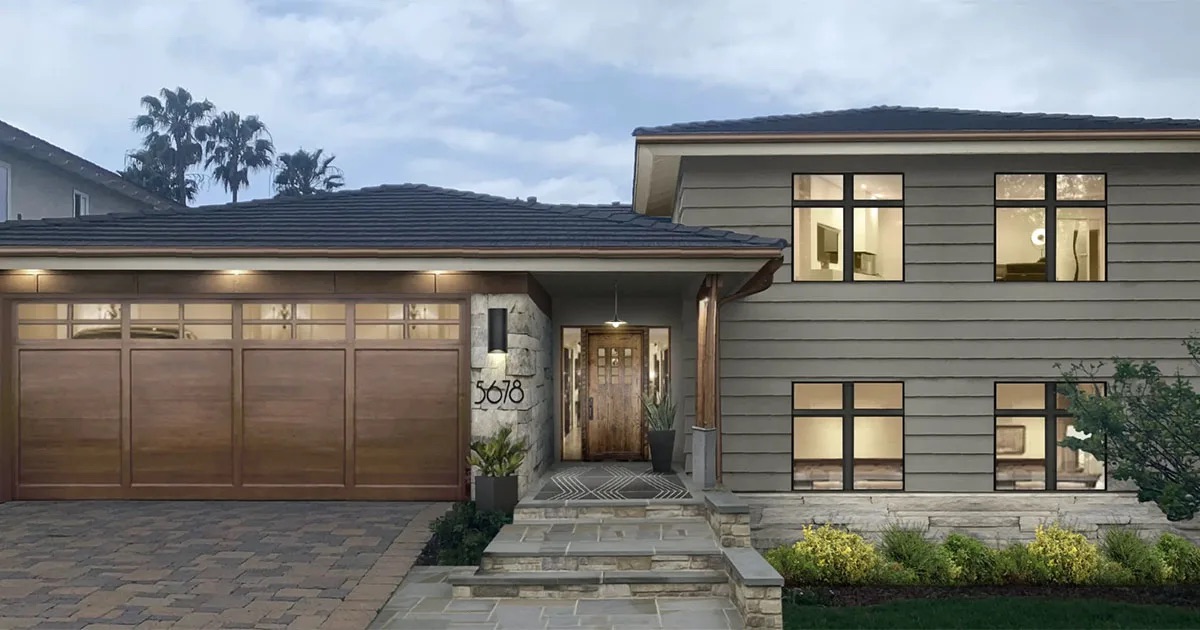
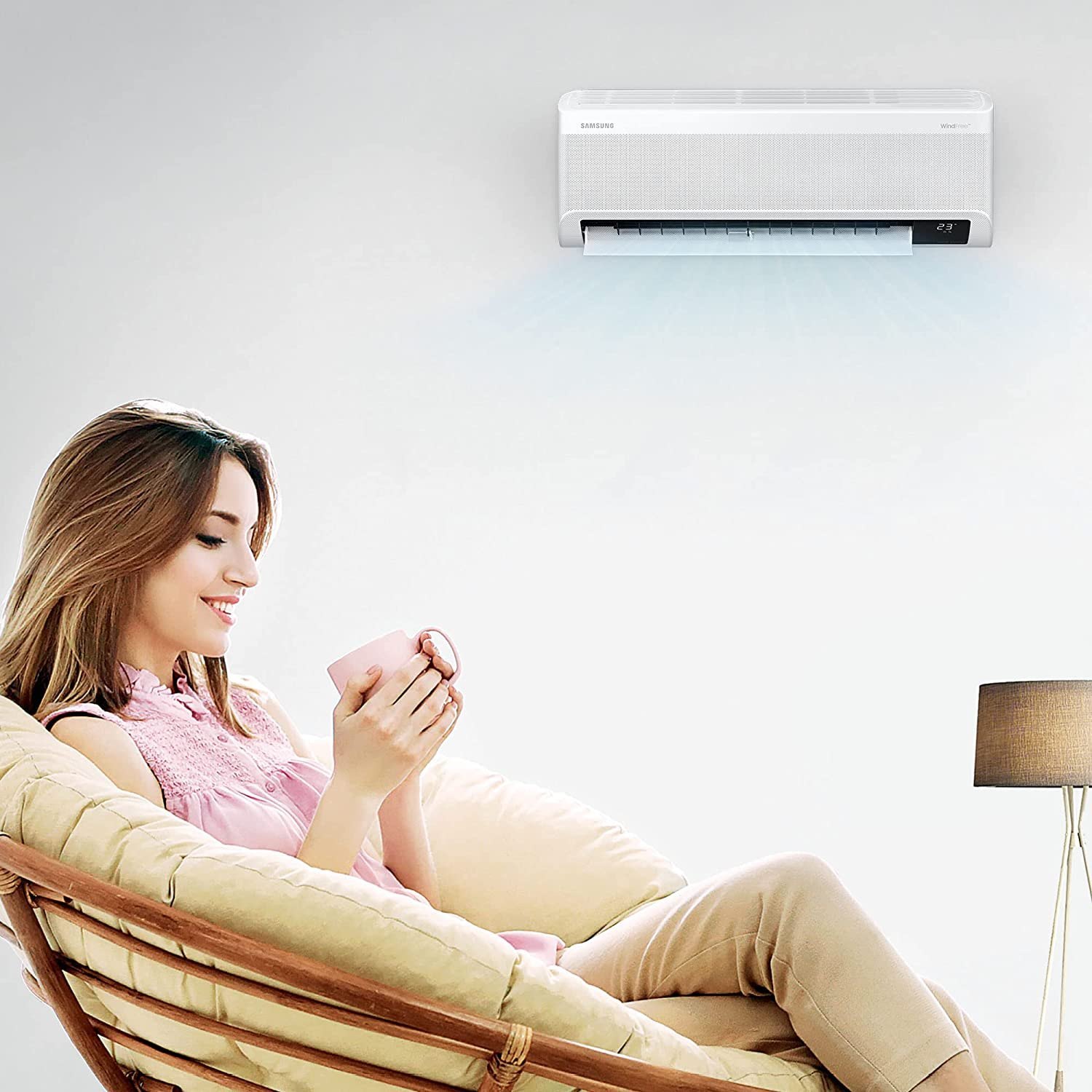
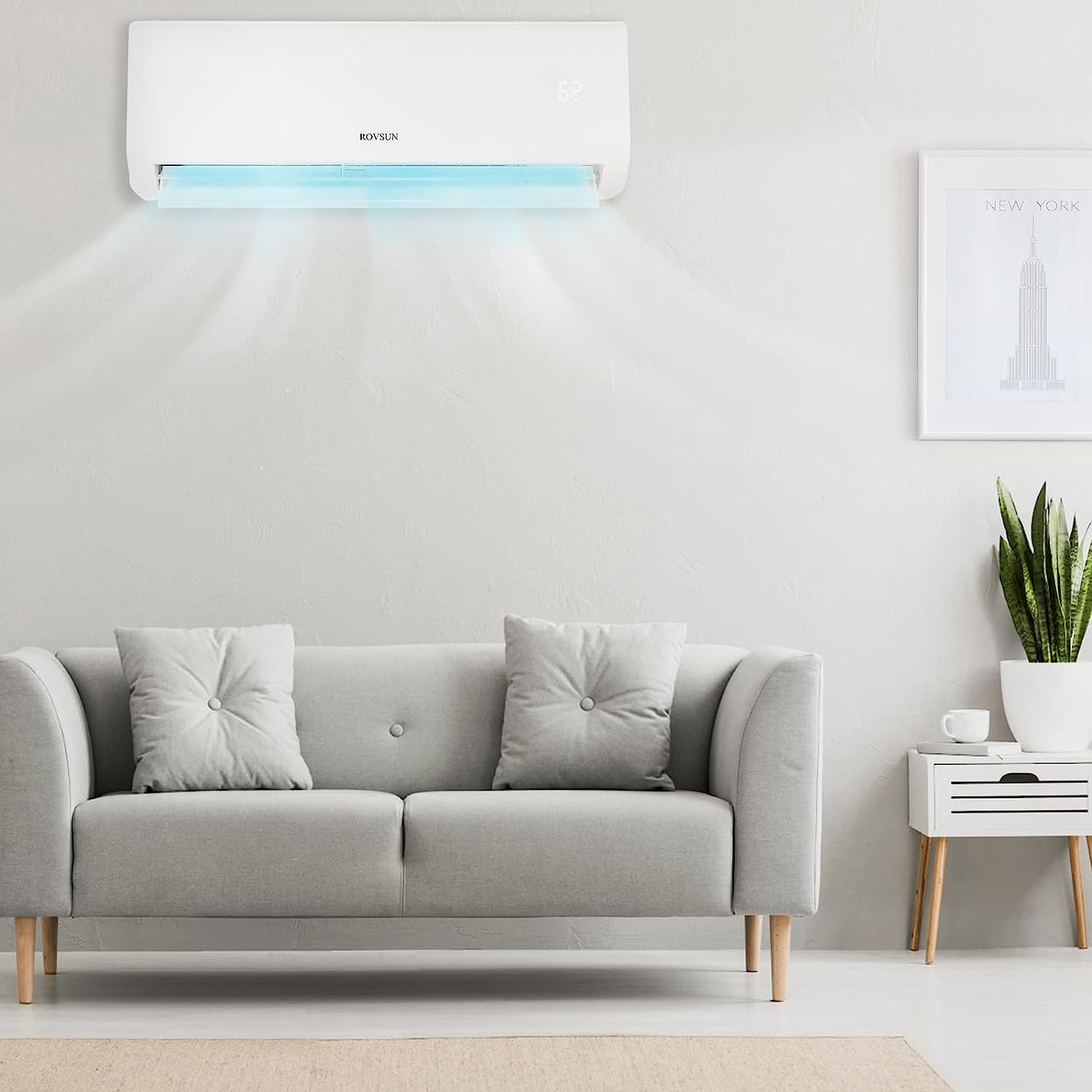

0 thoughts on “What Is A Split System AC”